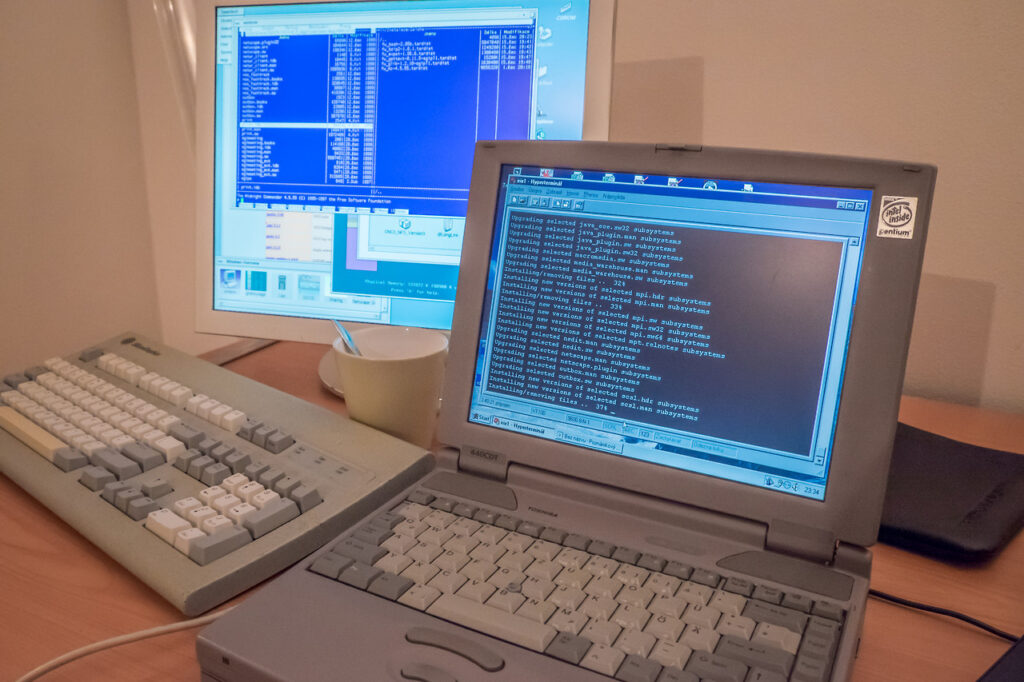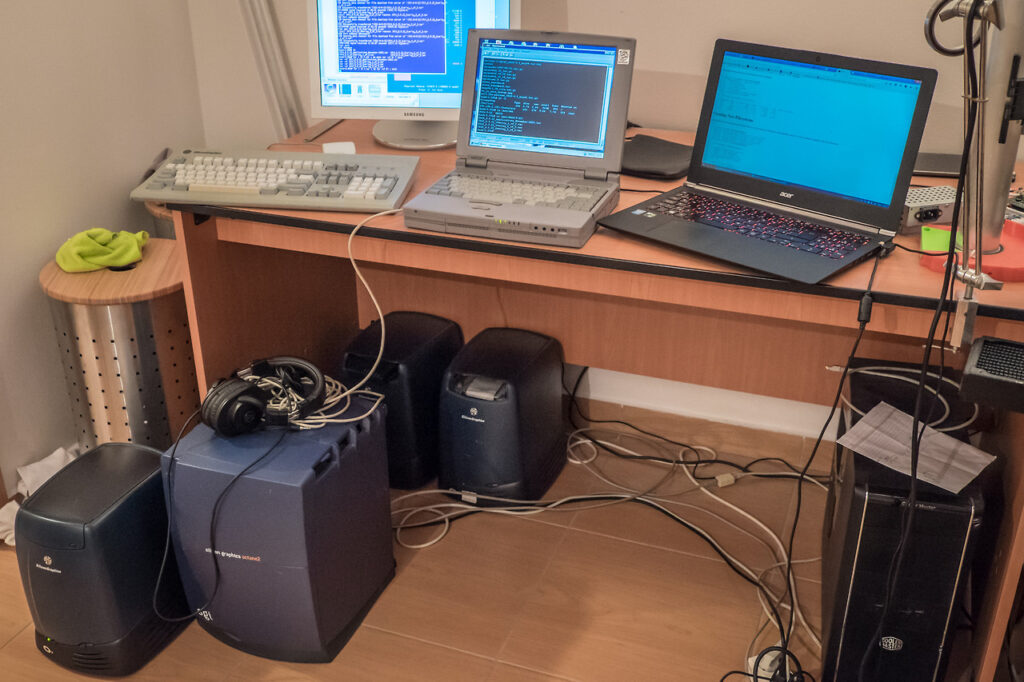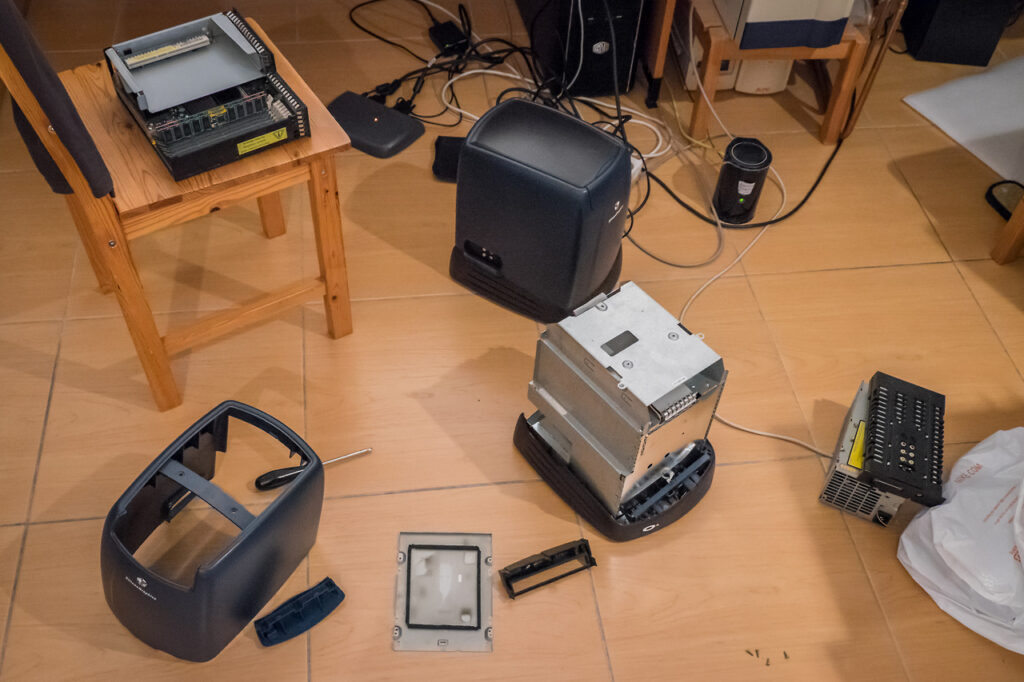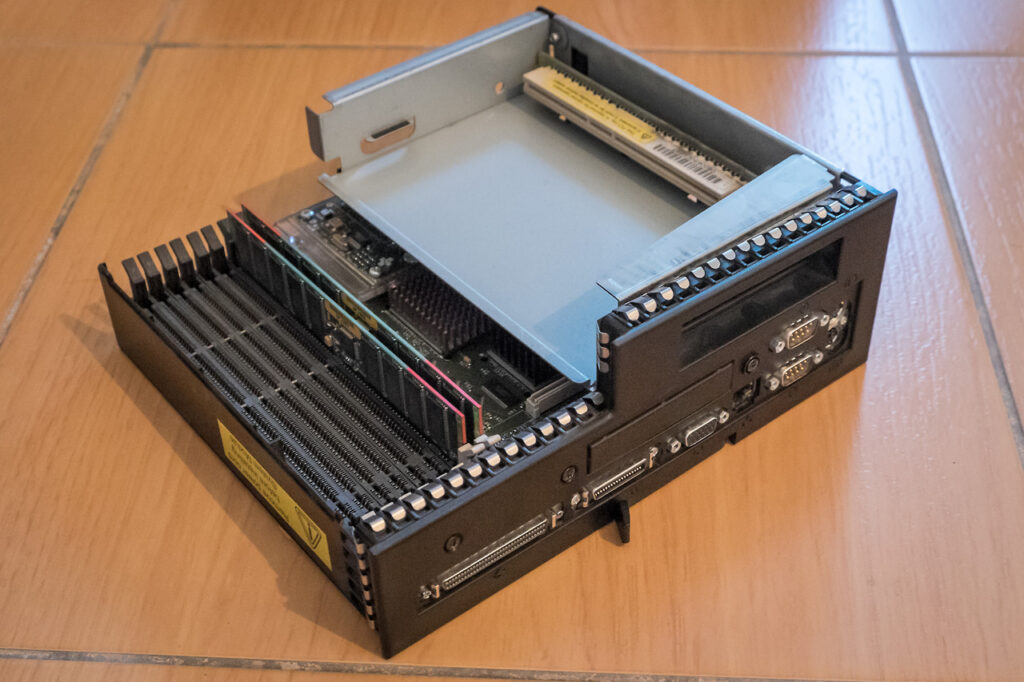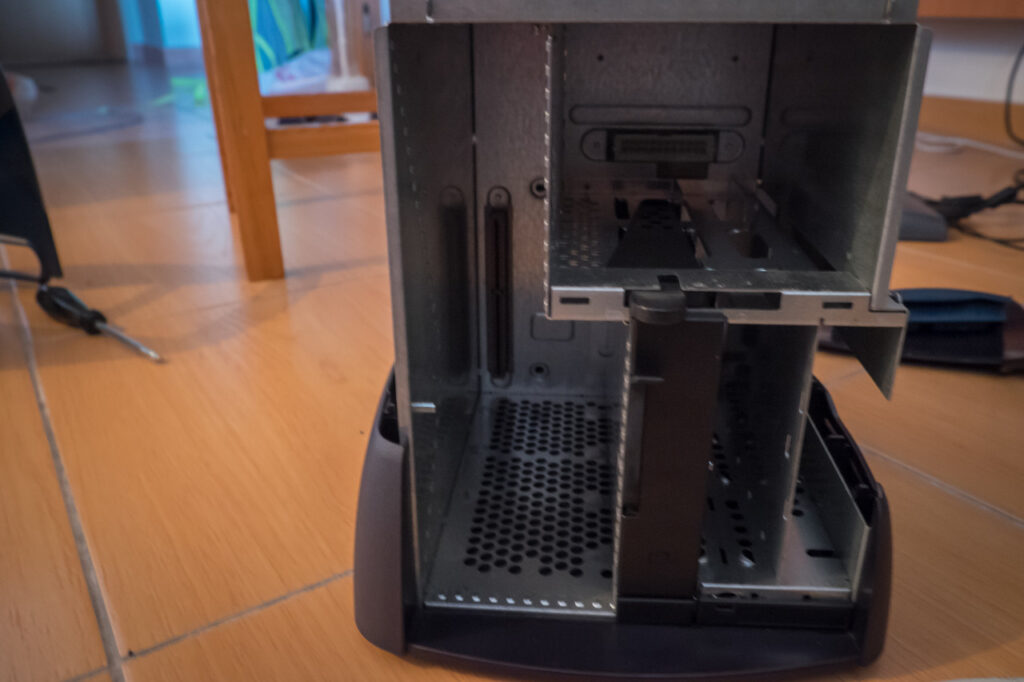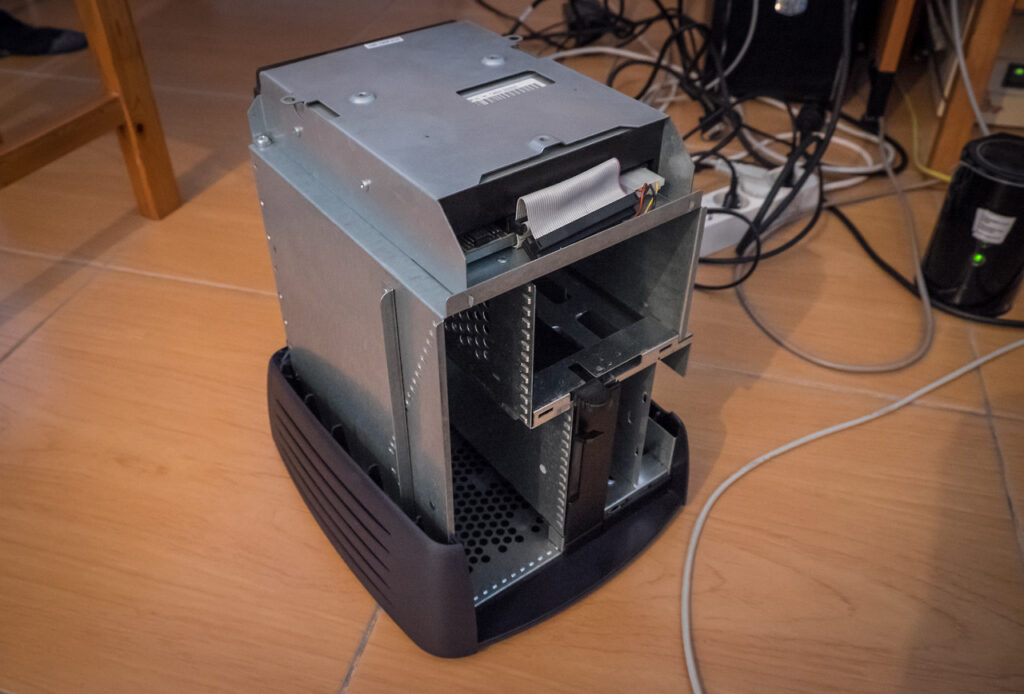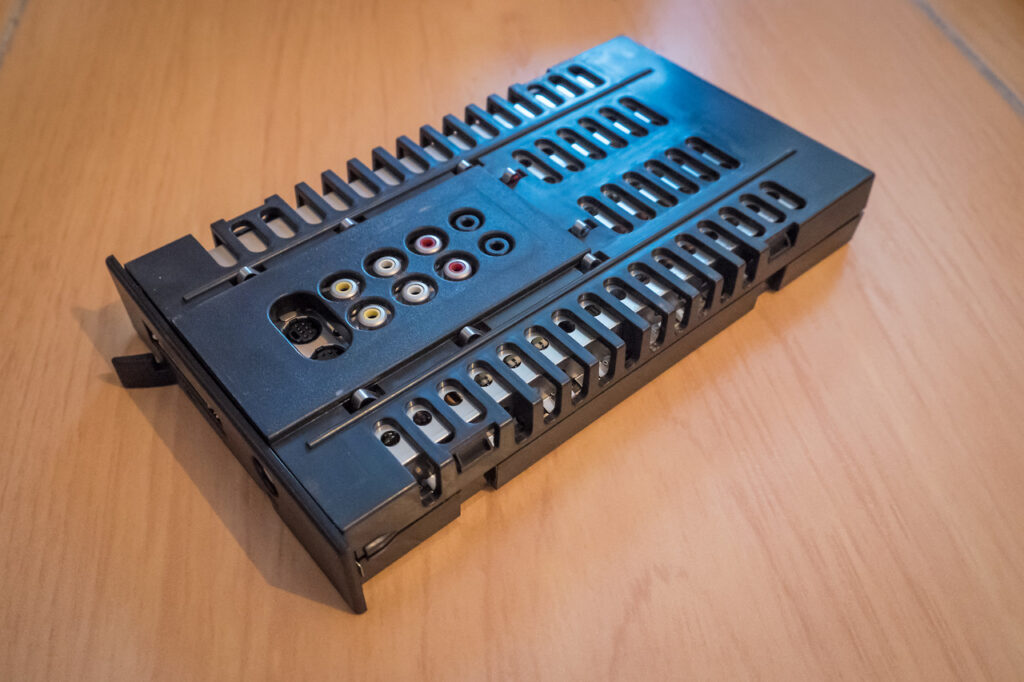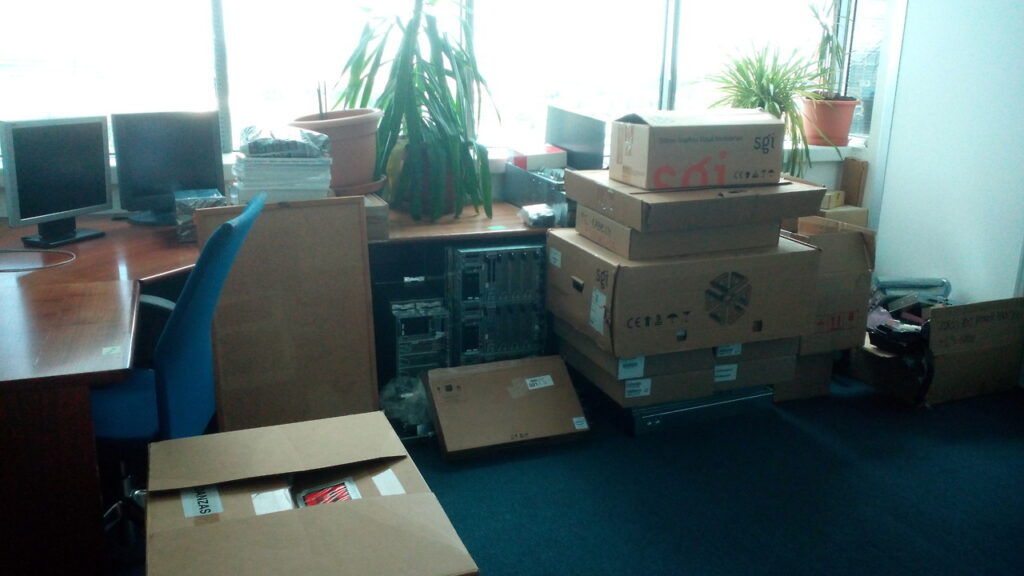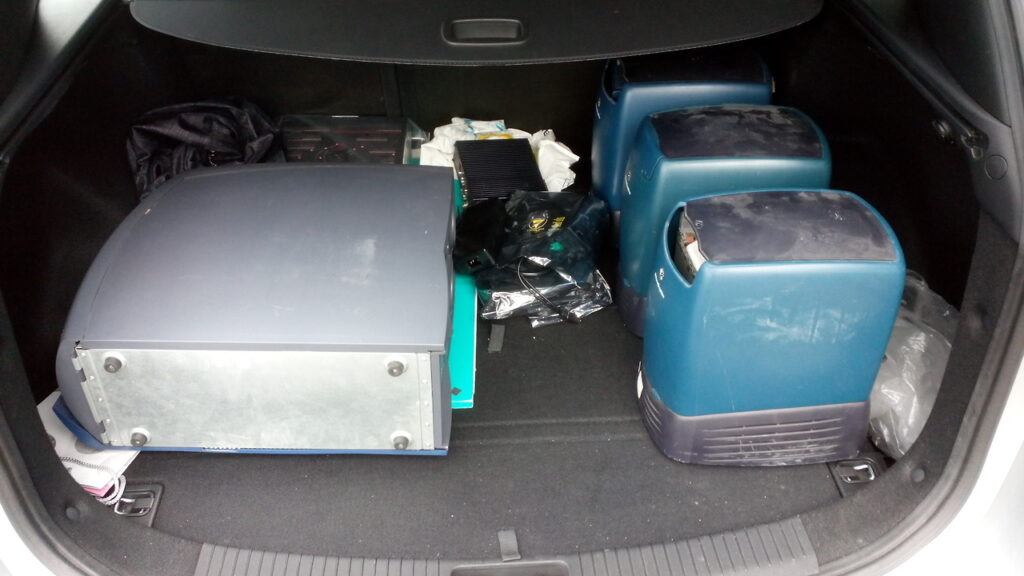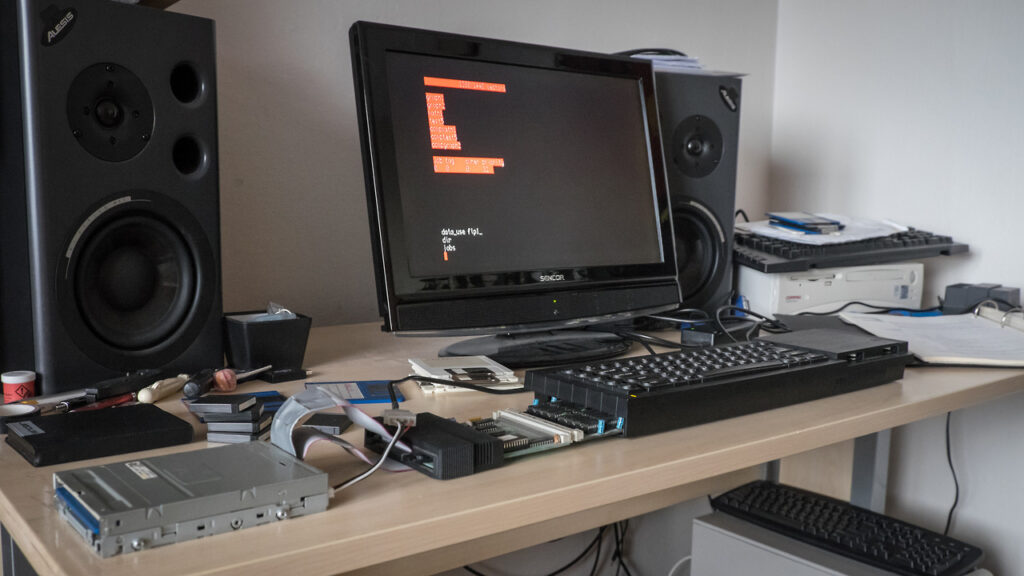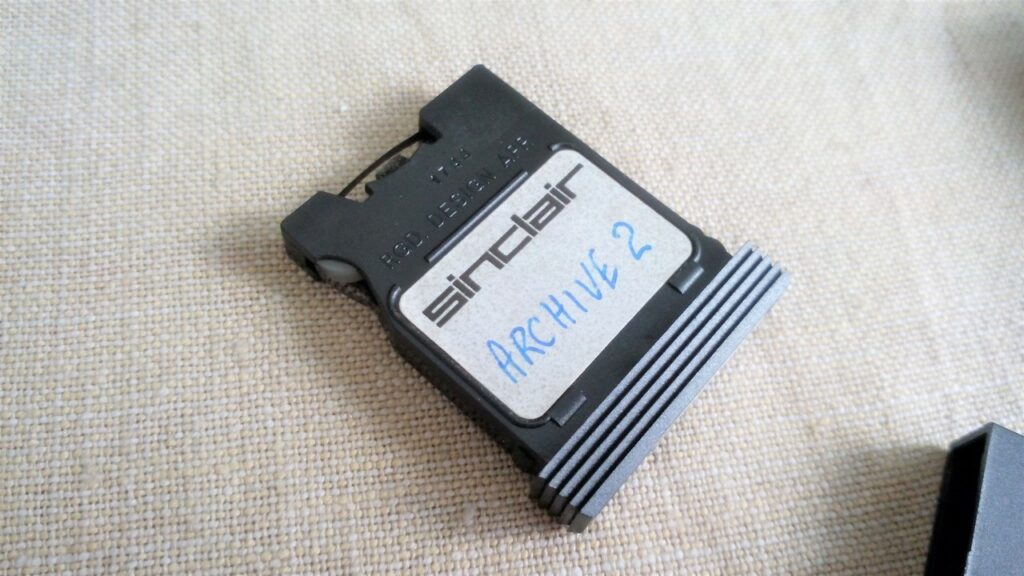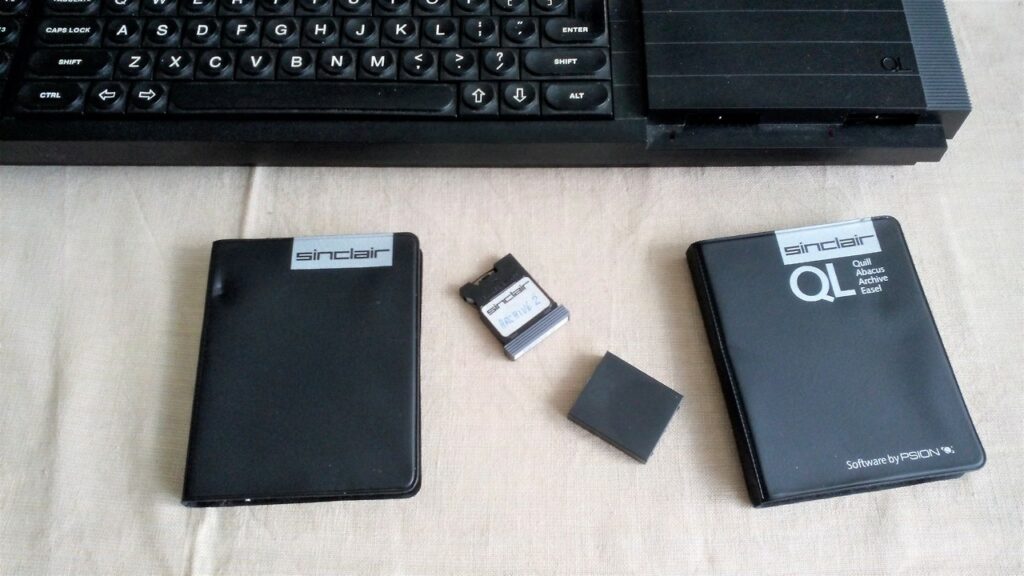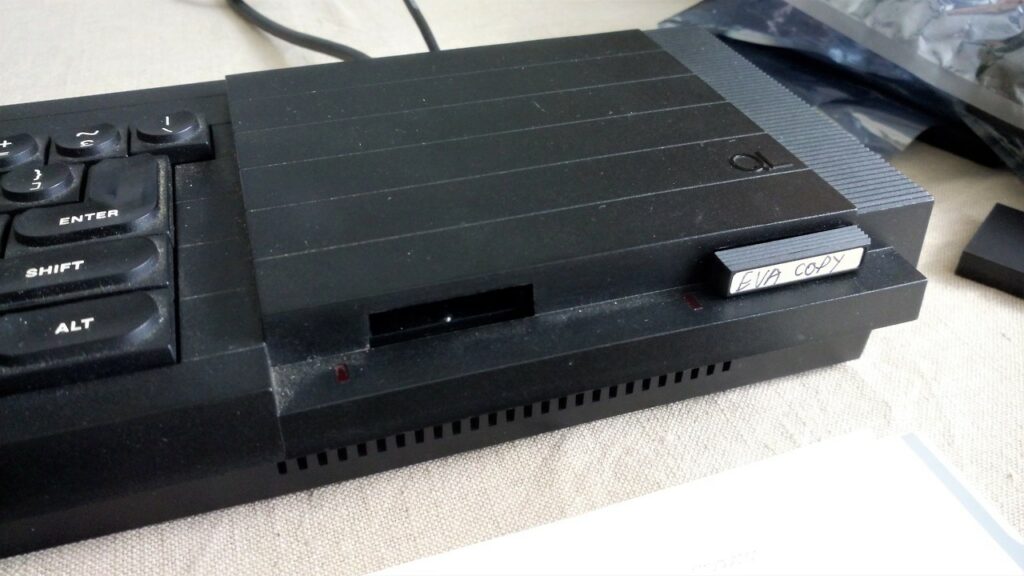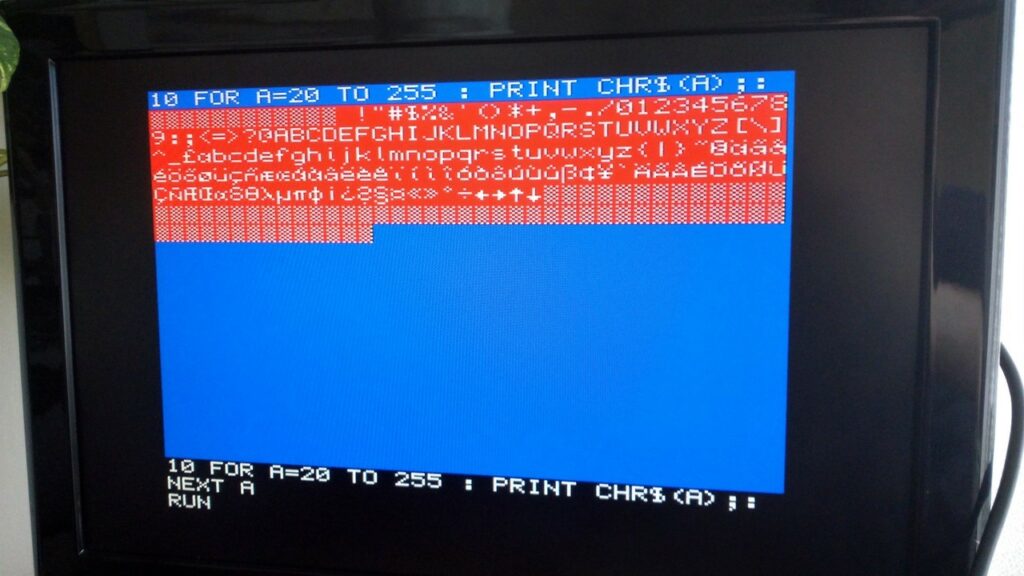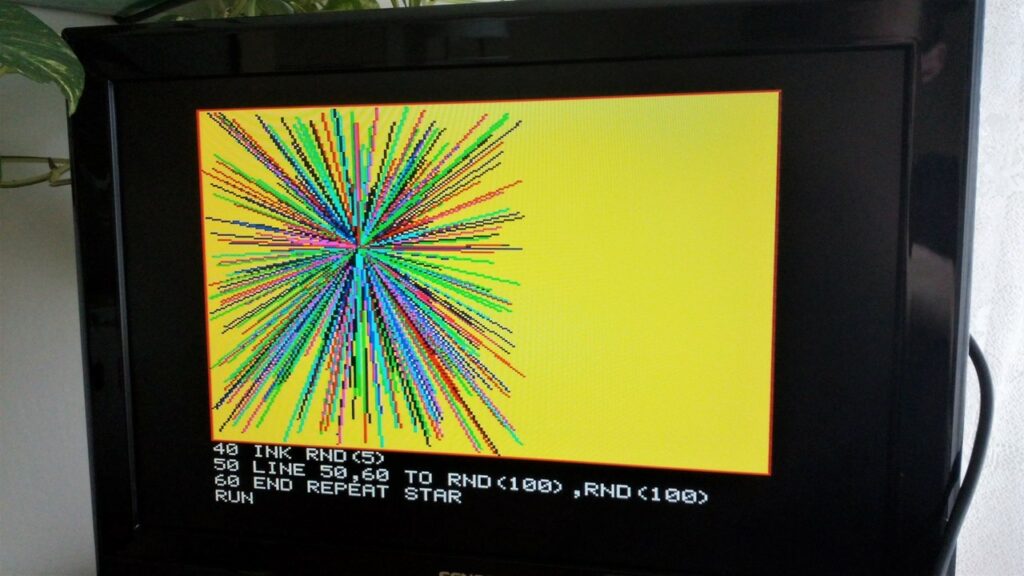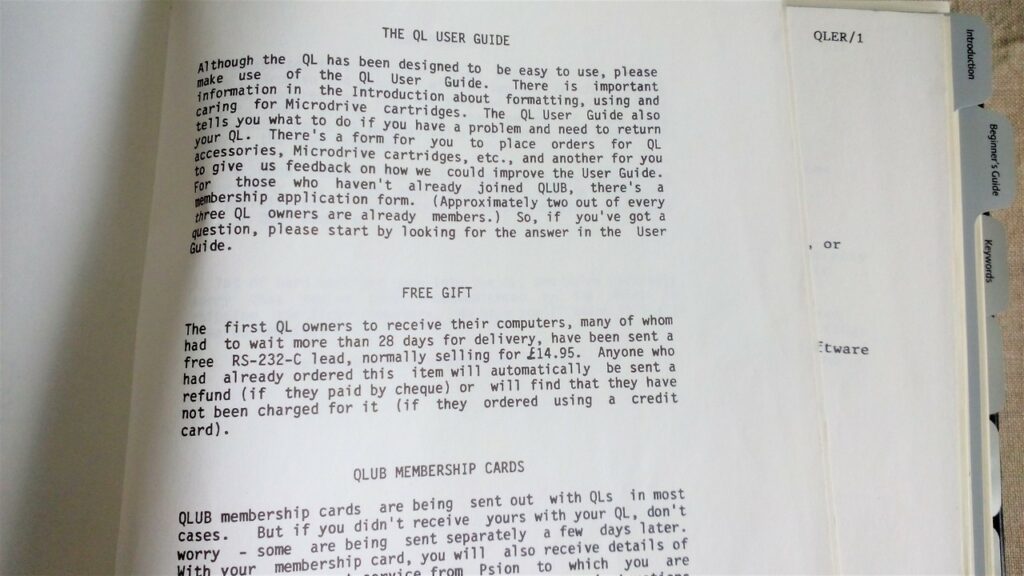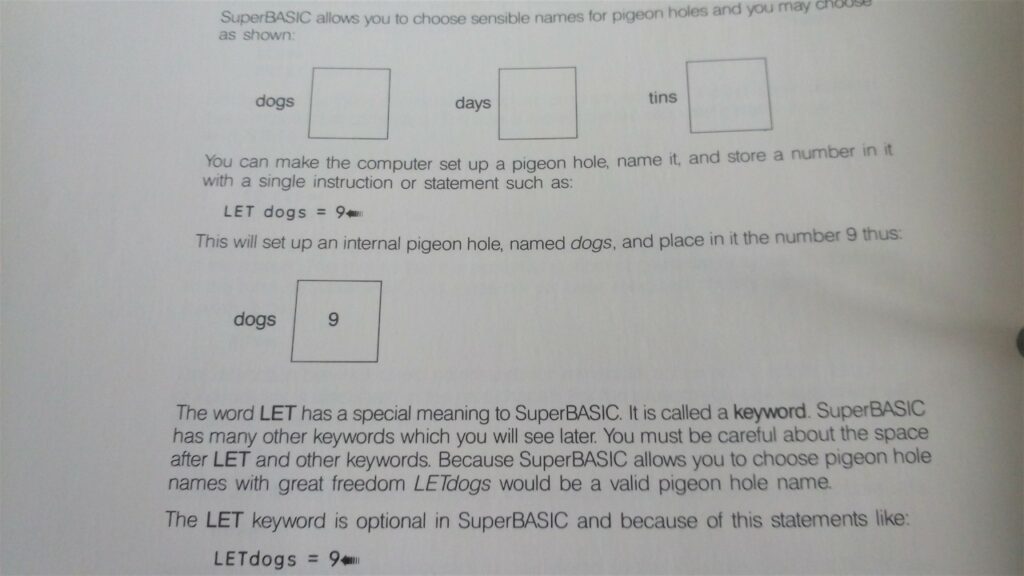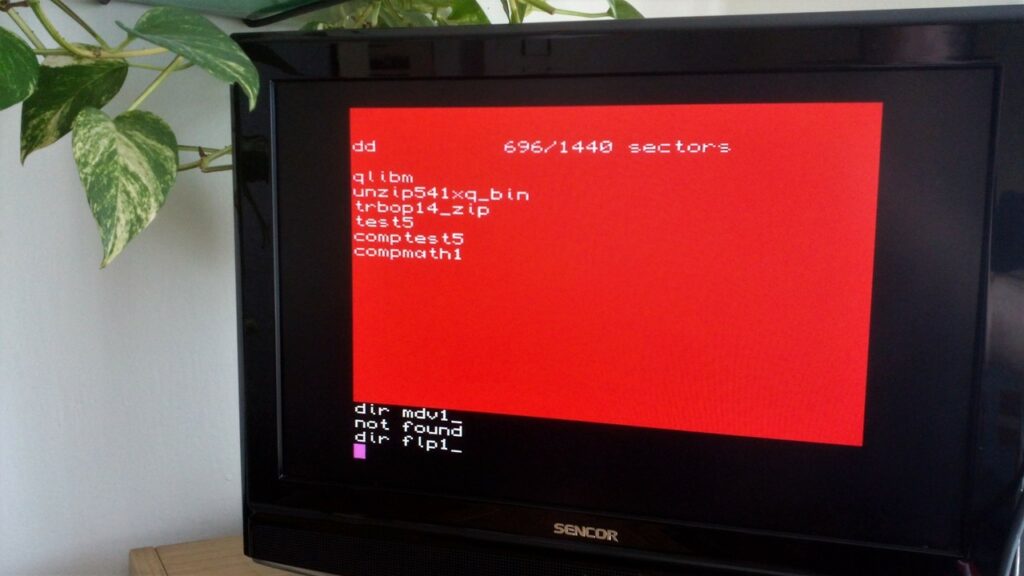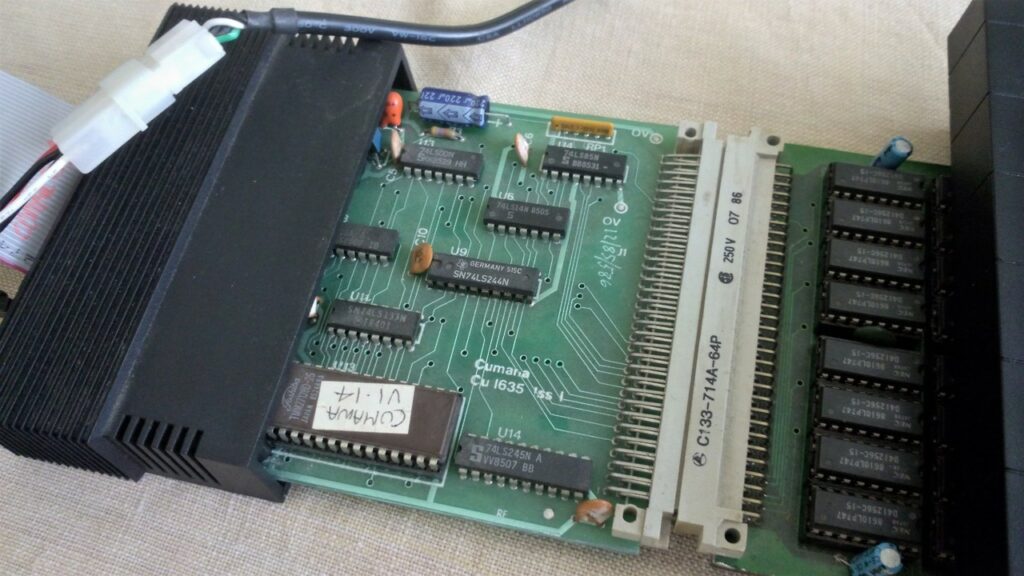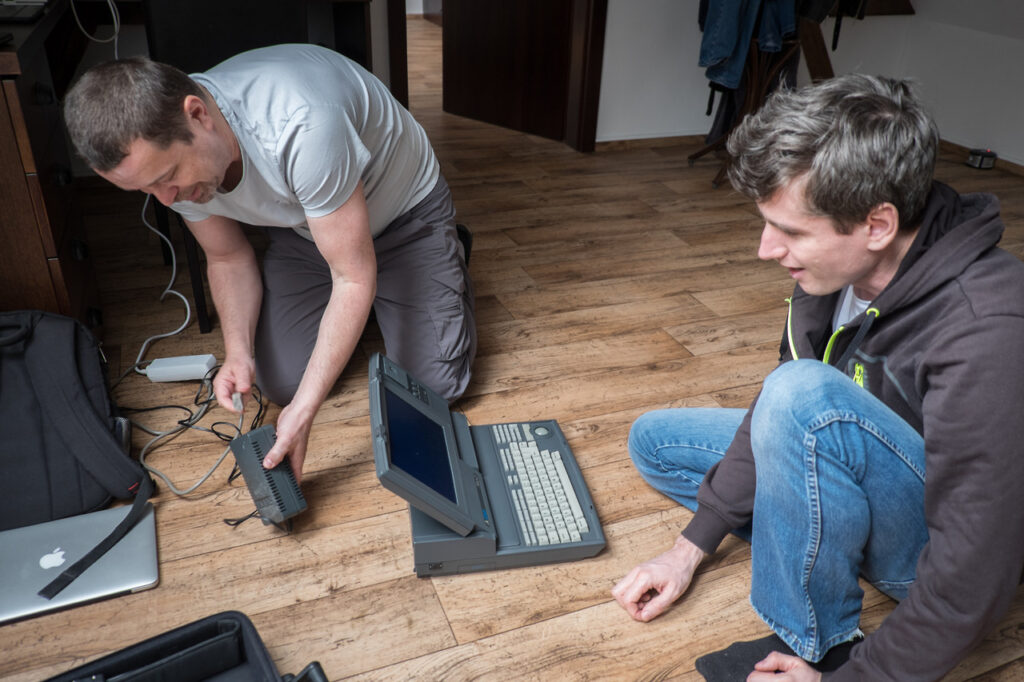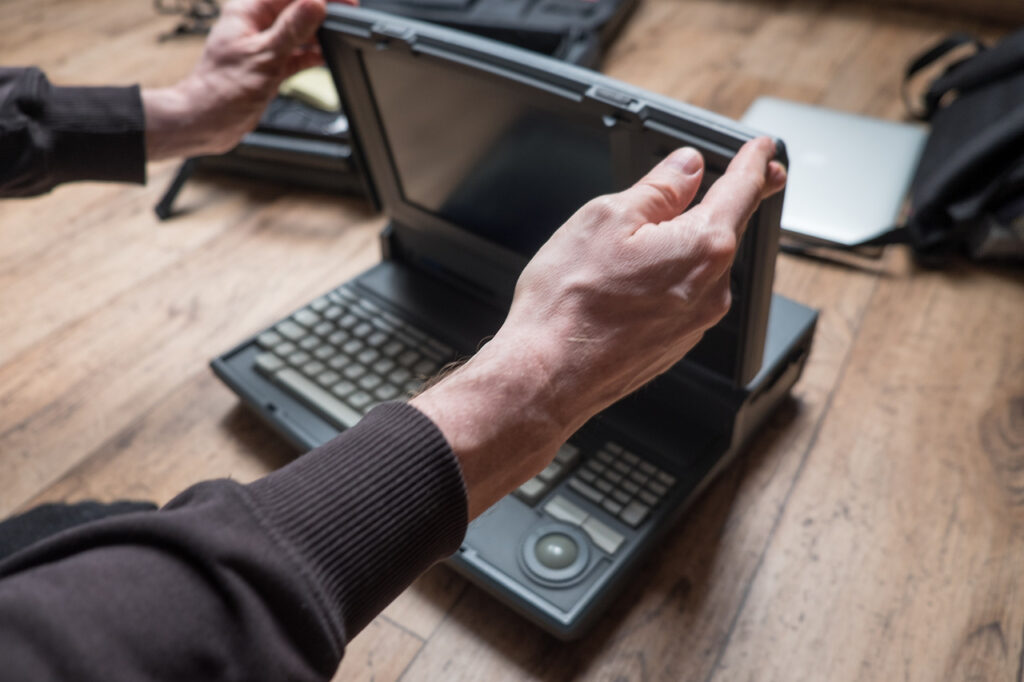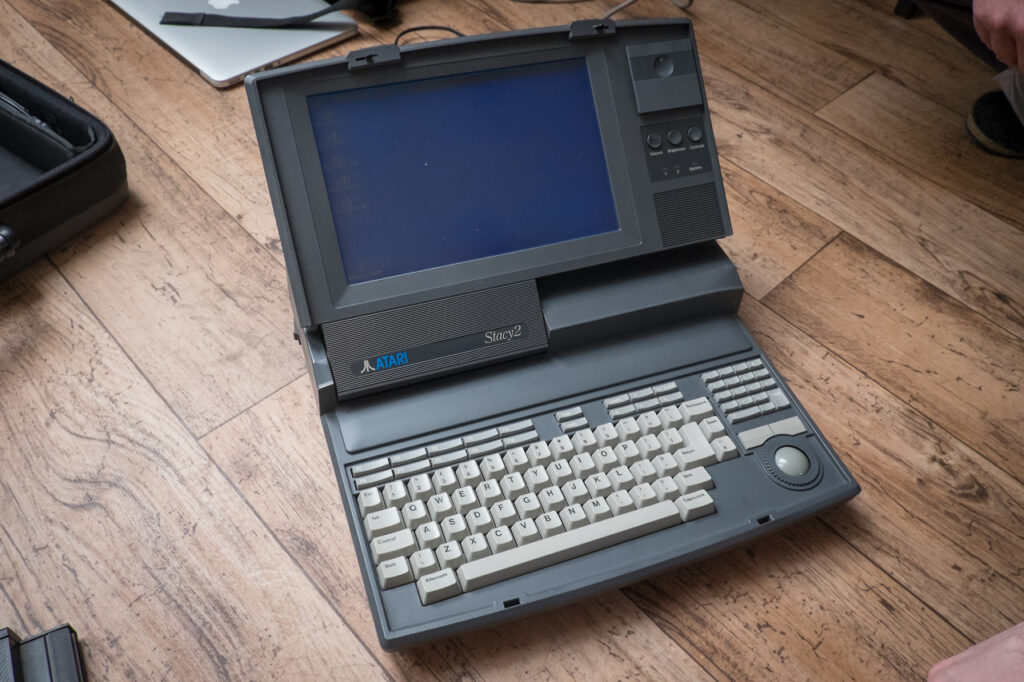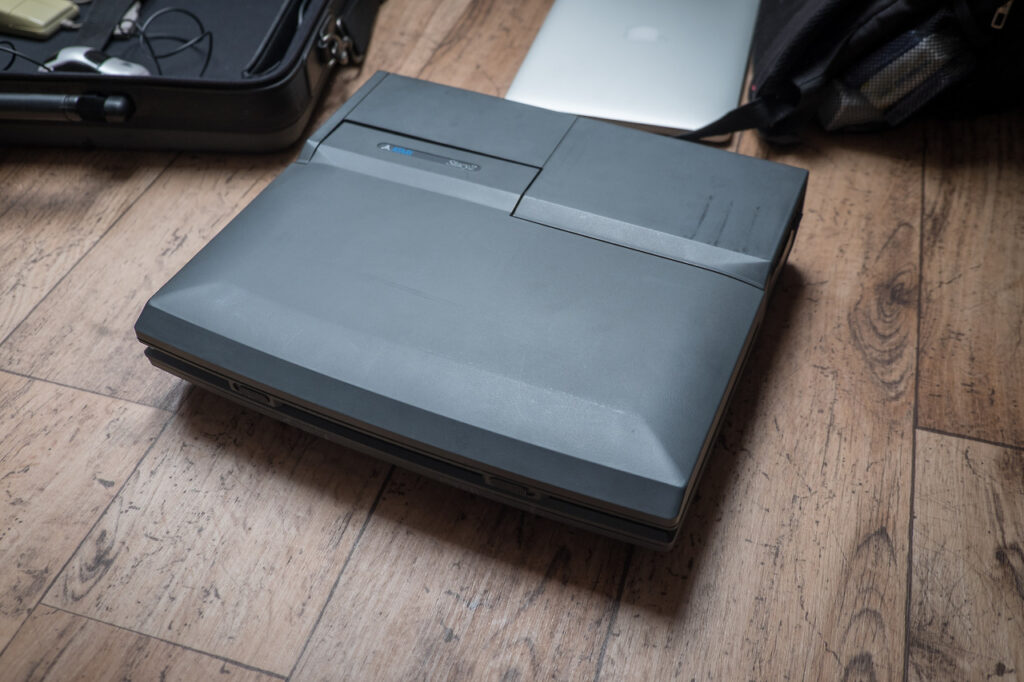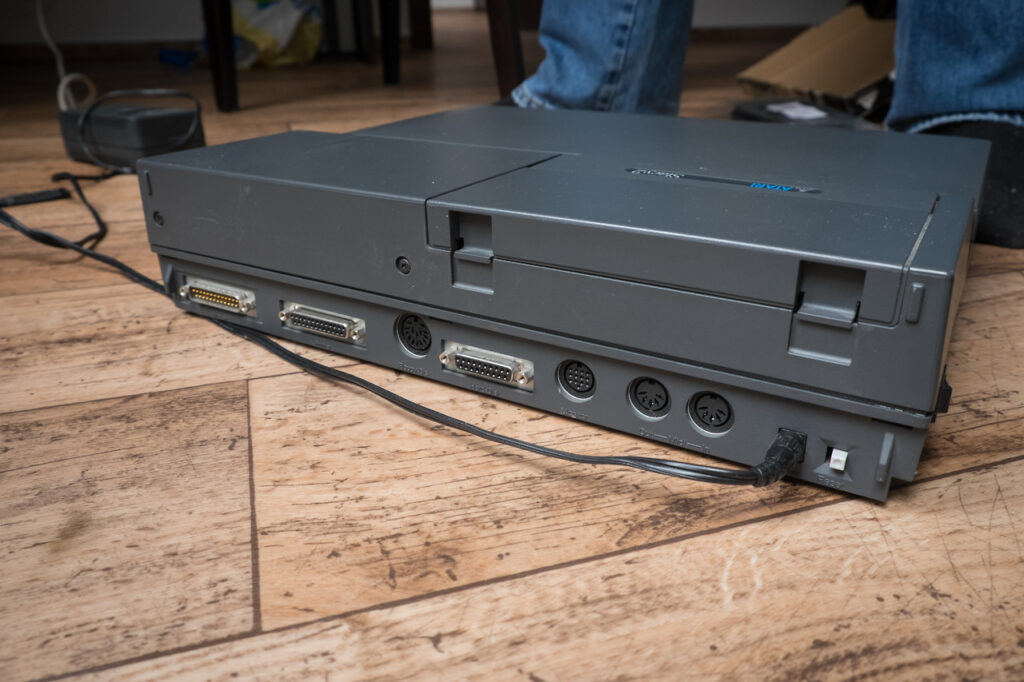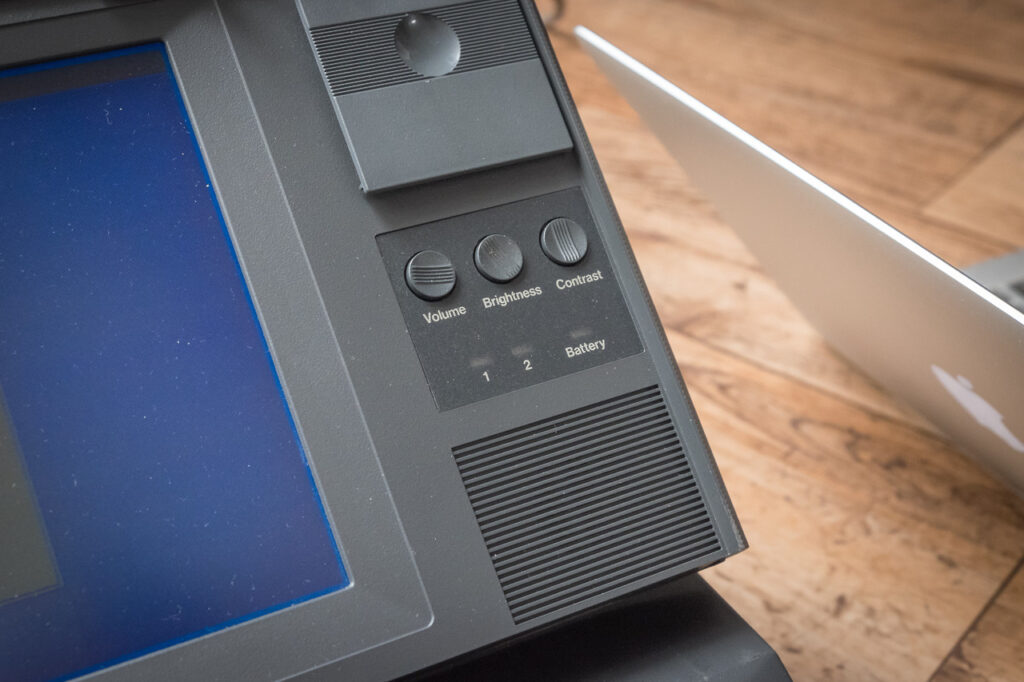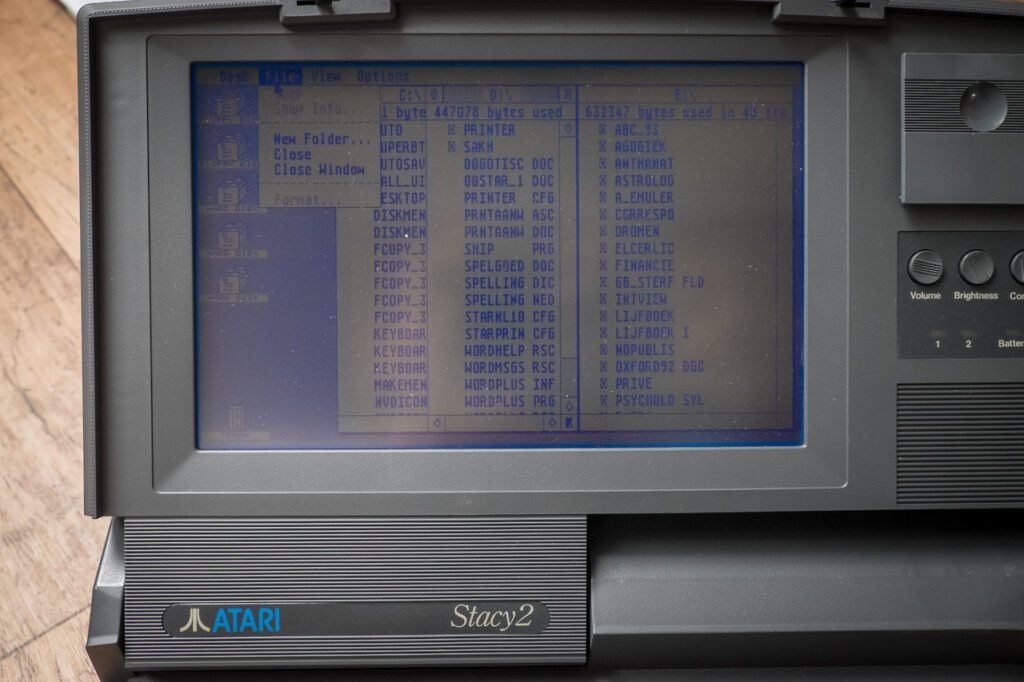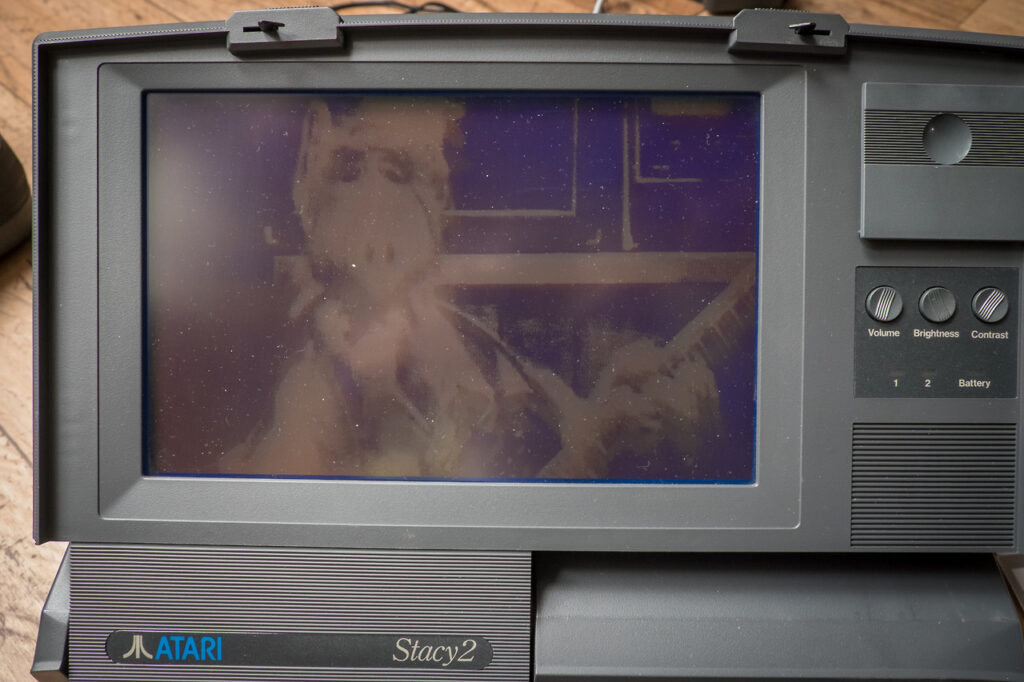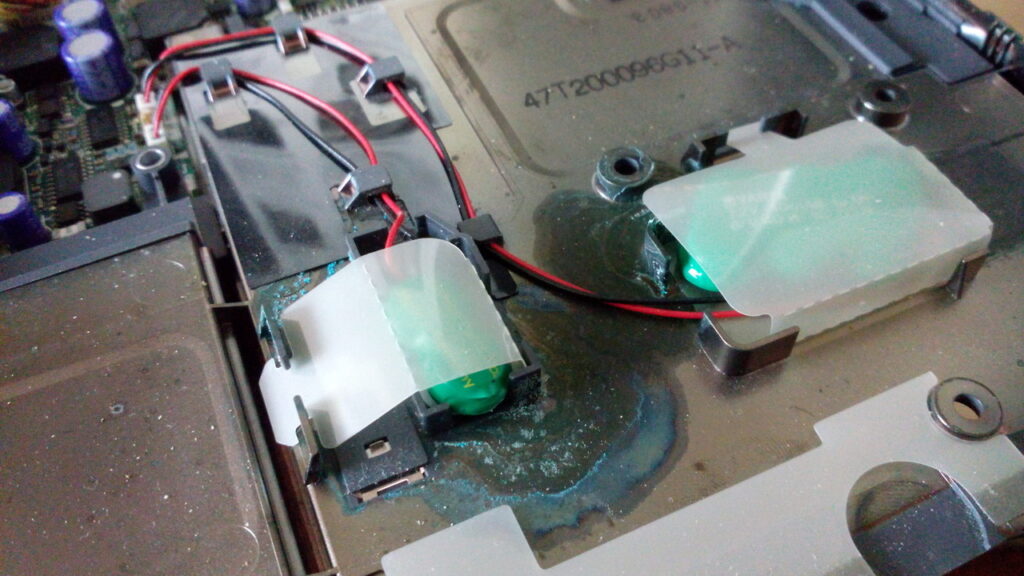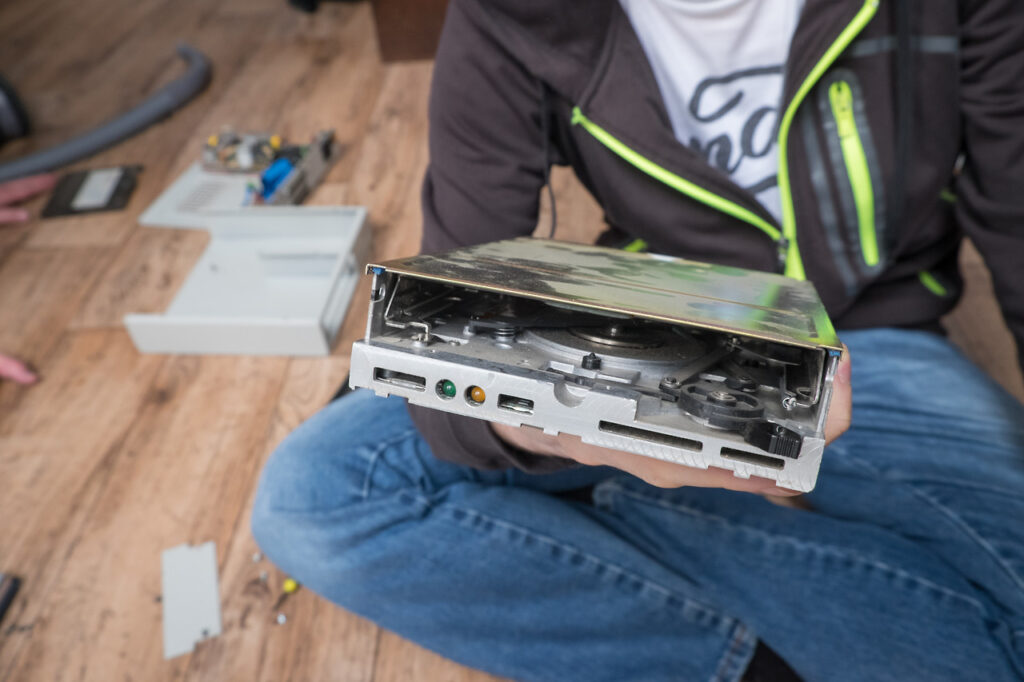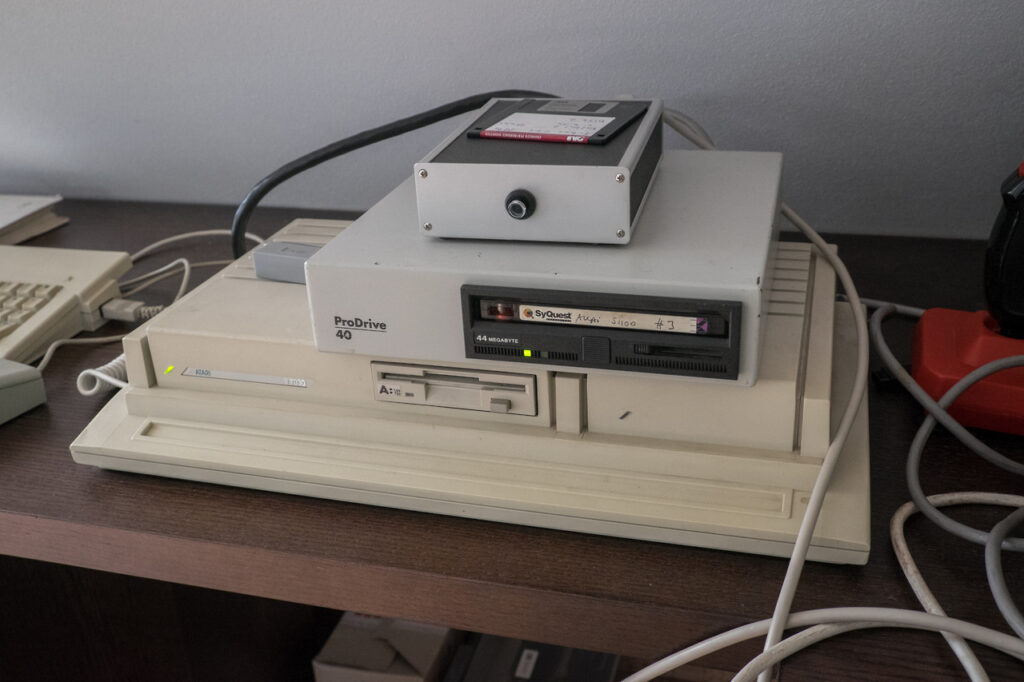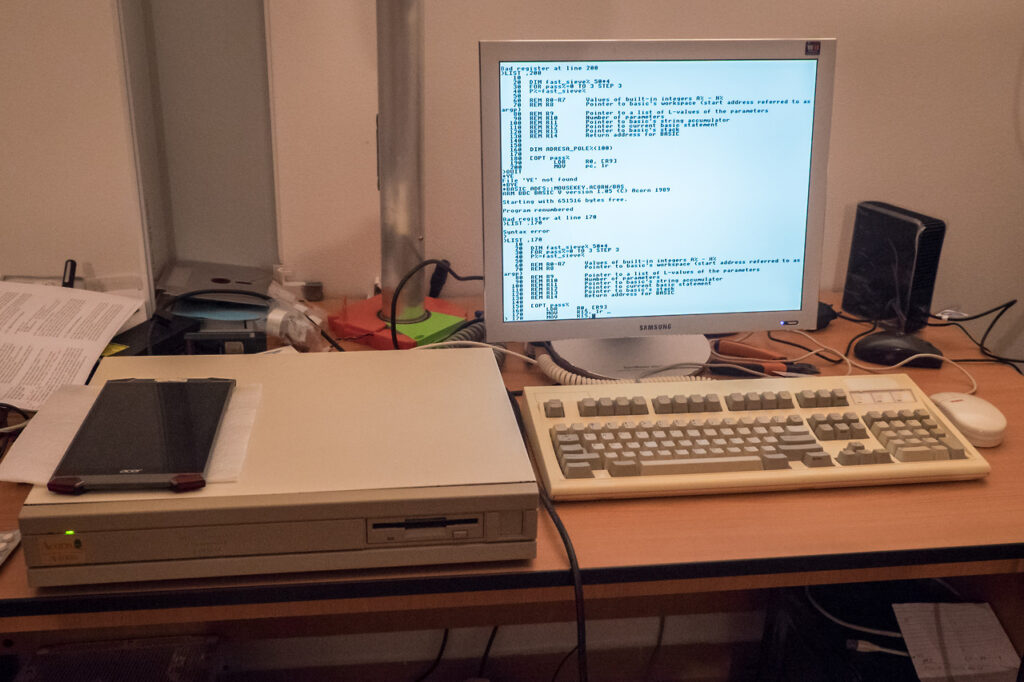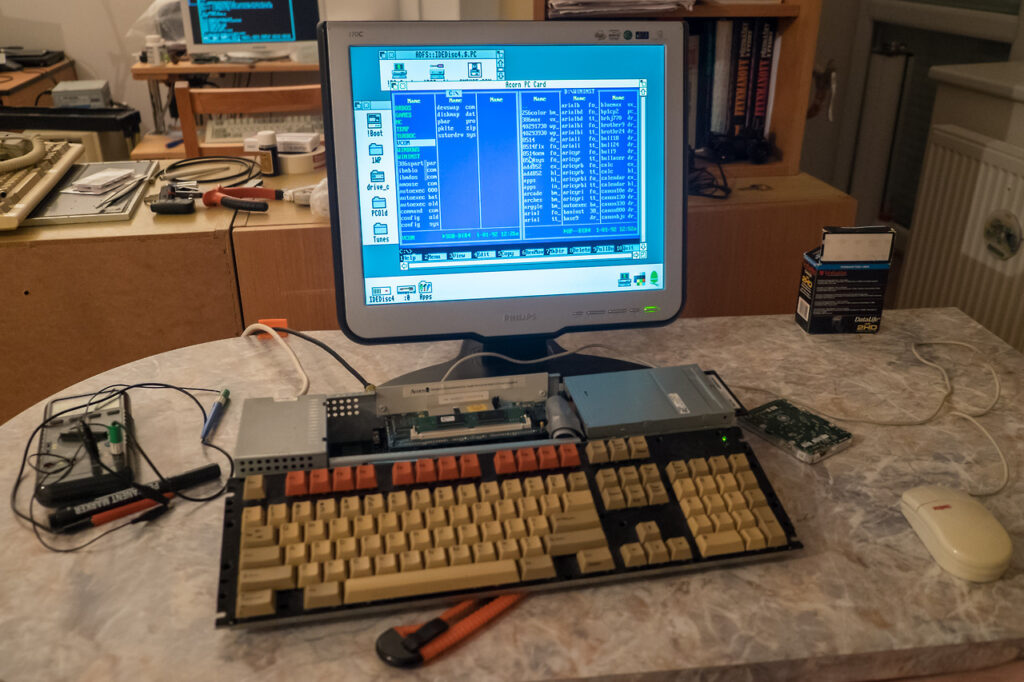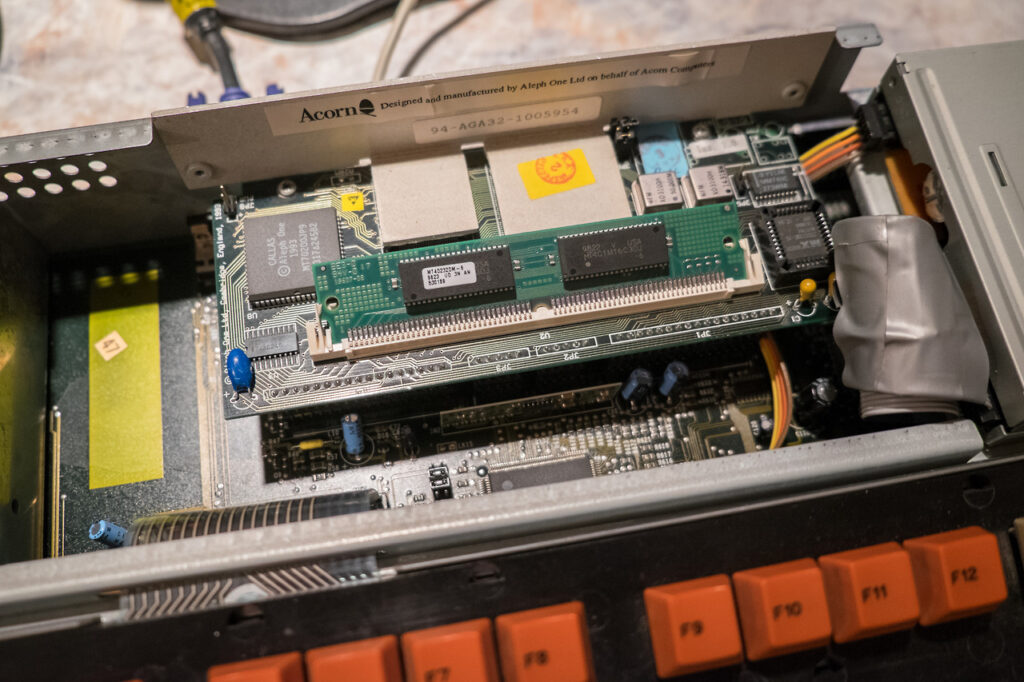Hard Times With UNIX
We have three SGI Octane2 workstations in our “lab” but none of them were in the ready-to-use state. I’ve decided to take a look on the one which looked like it could work (the only one with hard drives). Already installed IRIX was somehow corrupted and was accessible only by using a serial terminal. I realized after a few hours that the original installation couldn’t be fixed with my knowledge although the hardware (graphics card) was ok. The only way was to install a fresh IRIX.
I used a laptop with a serial terminal emulator instead of local peripherals and SGI O2 as a server containing all the installation files. For the first time I used BOOTP and TFTP to boot a computer over network. I was surprised how easy it was. The former (BOOTP) is intended to get a boot program to the memory of a target computer (to be executed then). The latter (TFTP) is intended for simple file transfer. Good thing is that you don’t need properly configured Ethernet interface to get this working. A server just needs to know the MAC address of a client and a file to be sent.
It took me more than ten hours but I have one fully working Octane2 now. Surprisingly, booting and accessing all files over the network was the easiest part. Most of the time was spent on identifying the initial issue, “package dependency hell” (typical for UNIX systems) and the fact that the IRIX 6.5.22 boot file didn’t work. I had to start with IRIX 6.5.5, install a special patch and then install IRIX 6.5.22 (which correctly recognized all the hardware inside Octane2).
It was definitely an interesting experience… but I hope I won’t need to do this all again soon. Anyway, for a moment I felt like a real UNIX geek.
